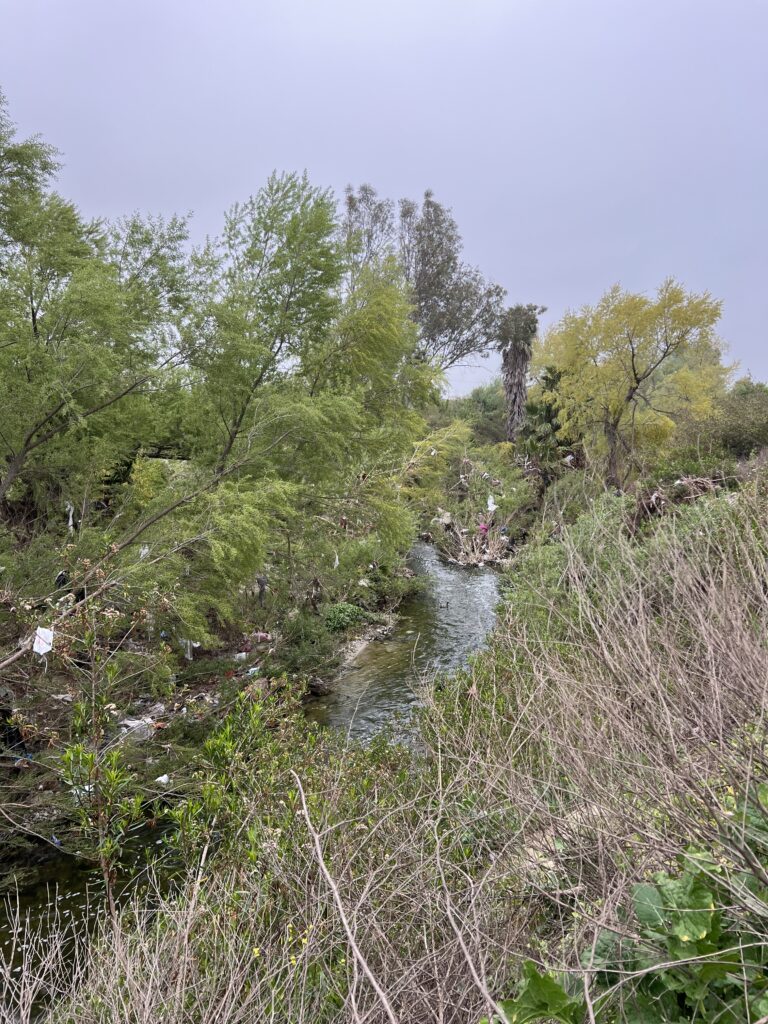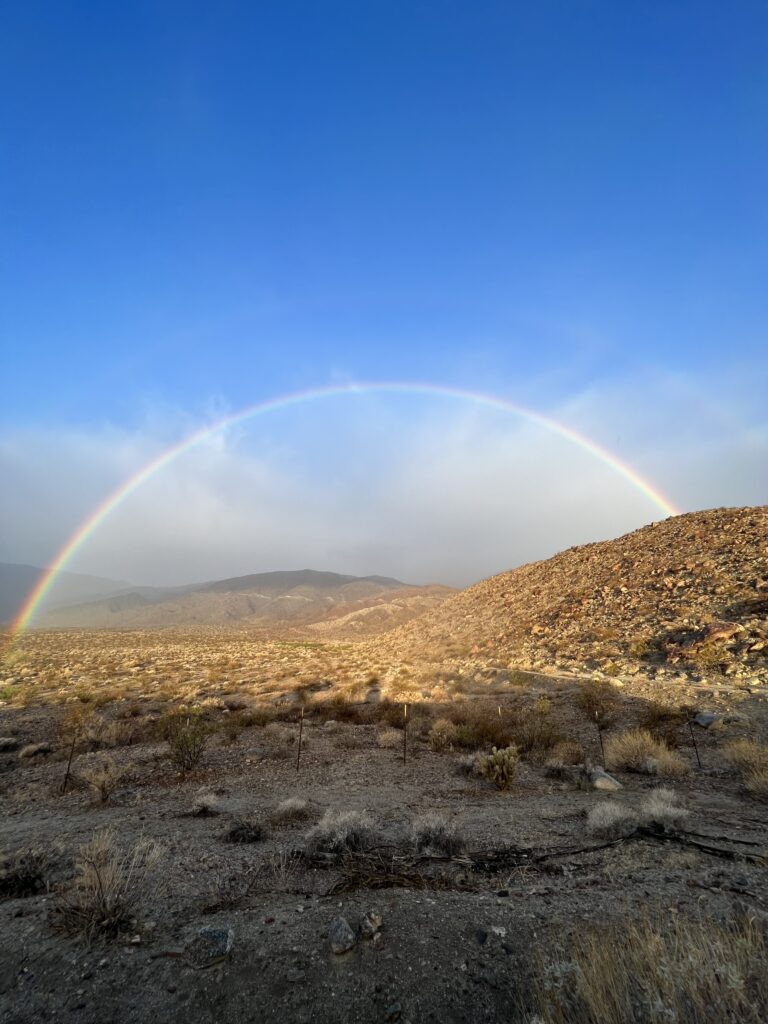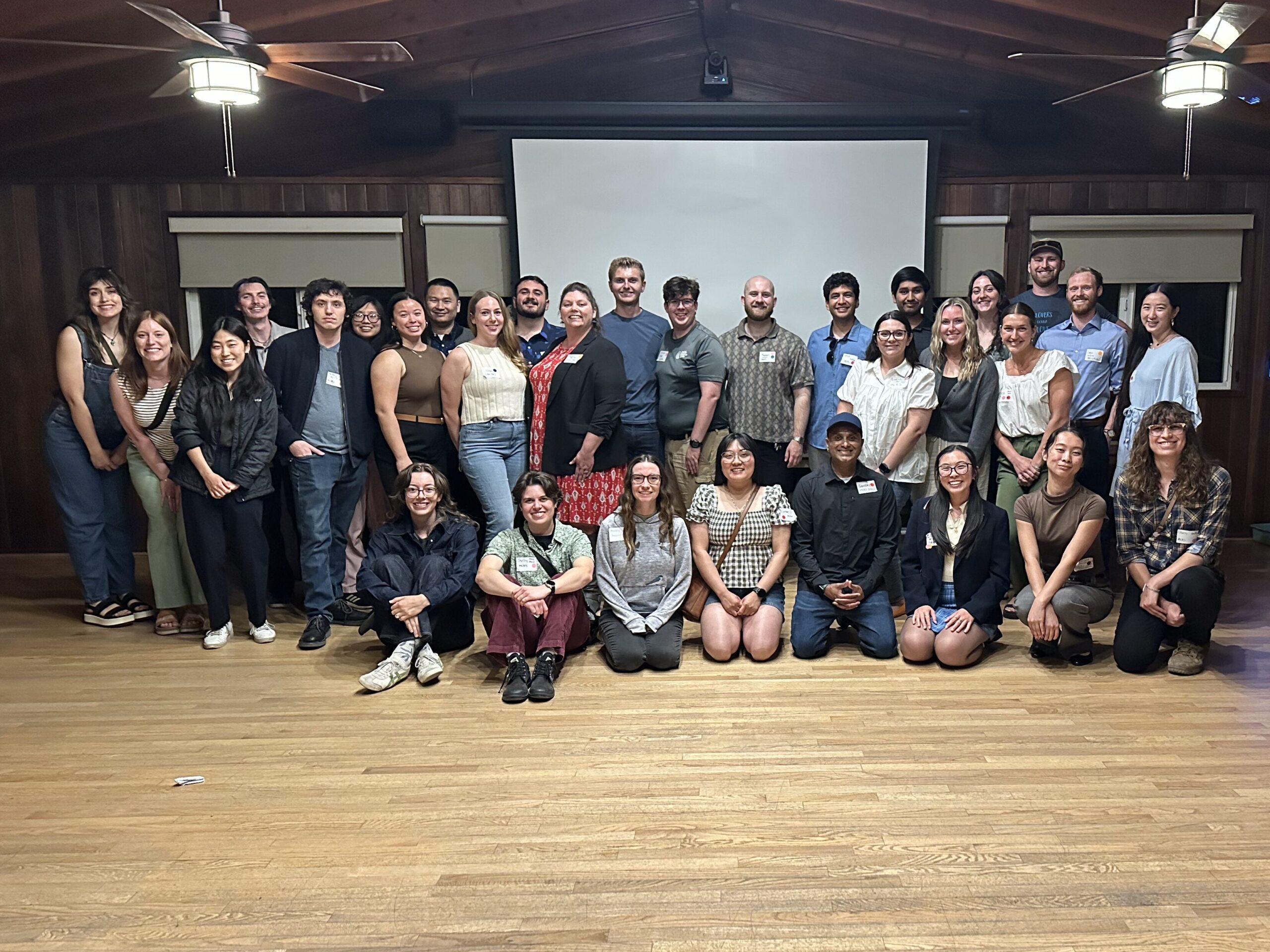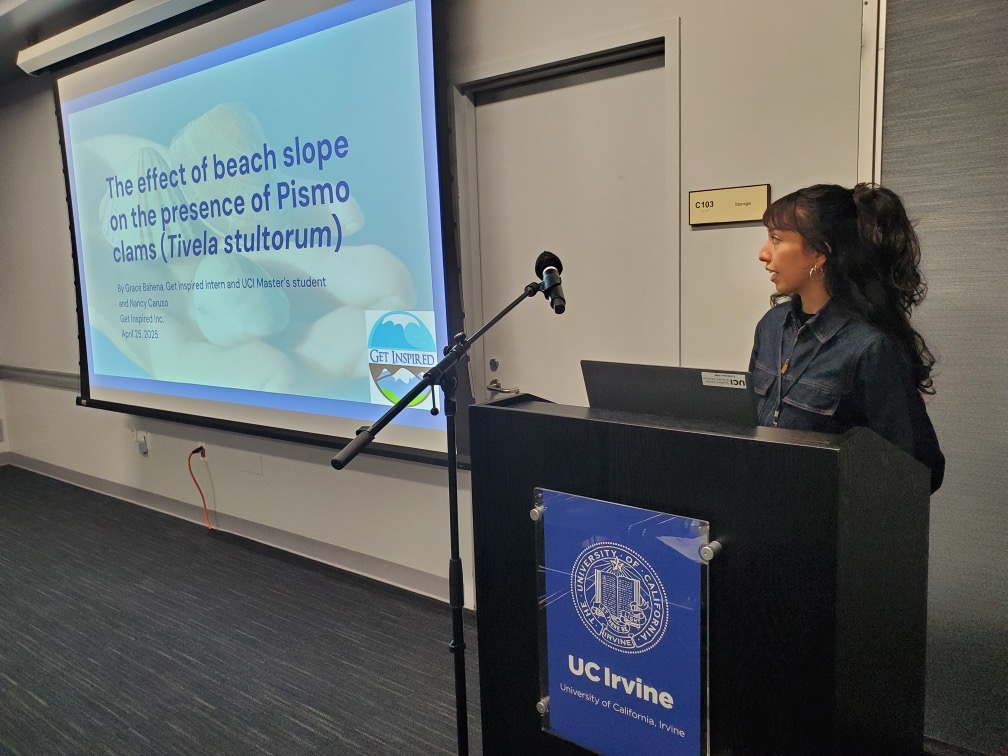Student Blog: Life is all about perspective by Ashley Anderson
At times when I sit and think about the world, I realize how big of an influence society and culture have on the way we live our lives and how we think. What if we didn’t need parking lots? What if we landscape with native plants? What if we thought about plants and animals instead of the clothes we wear and the cars we drive? What if we spent money on restoring native landscapes instead of mowing lawns? Our consumer-based society and societal norms create some of the highest impacts on the earth. The textile industry has the second-highest land usage, and the fifth-highest greenhouse gas emissions (Shou & Domenech 2022). Half of the urban water use in California is used for outdoor irrigation and primarily on lawns (Pincetl et al. 2019). A city’s greenspace is primarily dominated by non-native plants which provide little habitat value for local wildlife (Smallwood and Wood 2023). The magnitude of impacts that originate from society’s perspective is mind-boggling.
The more I learn about the plants and animals around us the more my perspective changes. In late winter, instead of seeing a lush green hill with pretty yellow flowers, I see a hillside dominated by invasive grasses and non-native mustard. In the spring, instead of just seeing a stream with beautiful plants covered in trash, I also hear the endangered Least Bell’s Vireo calling and see mule-fat its nesting shrub (see photo) (Houston et al. 2021). In the summer, instead of seeing some dying shrubs, I see native plants going dormant.

A trash covered stream where the Endangered Least Bell’s Vireo can be heard calling. Photo by Ashley Anderson
I’ve experienced society’s expectations and, at times, molded myself to better fit in with what was popular. However, I never entirely succeeded. I have never been trendy, into make-up, or felt comfortable posting on social media. But maybe it shouldn’t be society that defines amazing, beautiful, or awe-inspiring. Most people don’t see an entire other world unfolding around them. They don’t hear the red tailed hawk calling. They don’t see the native plant flowering in their neighborhood. They haven’t spent a hot sweaty morning outside, planting an oak tree with the hope that in 100 years it will still be providing acorns to birds.

The native California bush sunflower (Encelia Californica). Photo by Ashley Anderson
Is there a right way to live your life? How can there be when everybody lives theirs differently? Everybody values aspects of life in different ways. Do I wish that, as a society, we celebrate the world around us? Focus less on hate and more on kindness? Shouldn’t the plants and animals that exist the same as we do also have the same chance at life? Unfortunately, up to a million species are threatened with extinction (Tortell 2020). That number is so large it’s hard even to picture. As a high schooler, I thought that we had discovered everything there was to know about biology. It is only as I learned more that I realized we barely know anything. There are some things we will never have a chance to know before they go extinct and are lost to time.
What do we want to leave behind when we die? What will we have accomplished? For me the answer is that I want to do my best to leave the world better than I found it. It is not within my ability to change the entire world. I will never be the person who inspires millions to make changes in their everyday life. I will not change how corporations pollute. I will not save the planet. But, I will make changes in my own life. I will plant native plants in my yard and in natural landscapes. I will do my best to help species that are going extinct. Will my individual actions be enough? No. But, I will do my best to make a positive impact instead of a negative one while I am here.

Photo by Ashley Anderson
Houston, A., Allen, L. D., Pottinger, R. E., & Kus, B. E. (2021). Least Bell’s Vireos and
Southwestern Willow Flycatchers at the San Luis Rey flood risk management project area
in San Diego County, California—Breeding activities and habitat use—2020 annual
report (No. 2021-1053). US Geological Survey.
Pincetl, S., Gillespie, T. W., Pataki, D. E., Porse, E., Jia, S., Kidera, E., … & Choi, D. A. (2019).
Evaluating the effects of turf-replacement programs in Los Angeles. Landscape and
urban planning, 185, 210-221.
Shou, M., & Domenech, T. (2022). Integrating LCA and blockchain technology to promote
circular fashion–A case study of leather handbags. Journal of Cleaner Production, 373,
133557.
Smallwood, N. L., & Wood, E. M. (2023). The ecological role of native‐plant landscaping in
residential yards to birds during the nonbreeding period. Ecosphere, 14(1), e4360.
Tortell, P. D. (2020). Earth 2020: Science, society, and sustainability in the Anthropocene.
Proceedings of the National Academy of Sciences, 117(16), 8683-8691.




